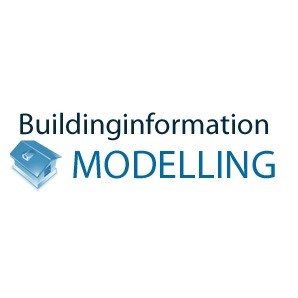Construction projects are complex things, and it’s important for those in charge of them to be in touch with what’s happening at every stage. In recent years this has led to the introduction of Building Information Modelling (BIM), which creates a digital picture of all aspects of the project that can be continually updated as it progresses.

How BIM Works
BIM technology makes it possible for anyone involved in the project to access information about it. This helps to avoid costly mistakes and ensure that the project runs smoothly.
Crucially, BIM isn’t just for the construction stage of the project. It can be used throughout the entire lifecycle of a building from design right up to demolition. Lots of things feed into this, from the CAD process of designing the building through to material and product specifications, best practices and procurement details.
BIM technology from companies such as https://www.bimtech-eng.com/ is based around the concept of ‘objects’. An object is a representation of a physical part of the project. This can be anything related to the building from a window or door through to an air-conditioning unit or even a carpet. Object descriptions include functional data so that they can be positioned with reference to other objects and will interact in the same way.

What’s more, multiple models representing different parts of the project can be overlaid with each other to see how they fit together. In the process any clashes can be easily identified, allowing time to address them before they can cause a problem on site.
What Can It Do for You?
The design and long-term facility management needs of buildings are becoming more complex, and that means technology like BIM will become more and more crucial to managing projects successfully. It also helps to meet commitments under the Industrial Strategy for Construction strategy from the UK government, which is aimed at faster delivery of projects with lower costs and improved adherence to environmental targets. Indeed, the use of BIM has been mandatory on government projects since 2016.
Thanks to government backing, BIM will be an increasingly essential part of building design and facilities management in future. Add to this the ability of cloud systems too process and store larger amounts of data, and it’s set to become much more prominent in upcoming projects.
